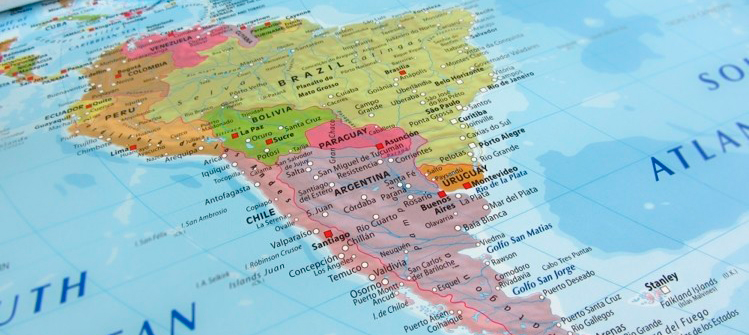As 2020 fast approaches, we take a look at the policies, regulations, programs and priorities in the LATAM region that are set to evolve the nutritional space at a regional level.
We spoke with David Pineda Ereño, Advisor on Strategy, Policy and Regulation at DPE International Consulting about what movements we can expect to see in Latin America at the regional level to strengthen nutrition.
From dedicated eorts to create clear food labeling nationally and proposals on harmonized nutrition labeling throughout the region to reports and plans on the commitments to reduce malnutrition, obesity and non-communicable diseases while achieving zero hunger — 2019 has seen multiple developments that strive to improve nutrition across Latin America.
Intergovernmental agreements that aim to create economic benets to their group aliates by lowering trade barriers, otherwise known as trade blocs, are expected to evolve in 2020.
DPE International Consulting’s David Pineda Ereño anticipates the possibility of several developments in three of the Latin American trade blocs: The Pacic Alliance of Chile, Colombia, Mexico, and Peru; The Southern Common Market (Mercosur); and The Central American Economic Integration System (SICA). We take a look at what these are and how they are expected to enhance nutrition across the region.
Trade blocs gathering pace
1. The Pacic Alliance of Chile, Colombia, Mexico, and Peru
The trade bloc is currently in the process of harmonizing regulations in several crucial areas, such as food supplement regulations through the implementation of a food supplement regulation at national level in Chile. The harmonization is expected to reach completion in 2020.
Chile has already launched “a public consultation to align the Sanitary Food Regulation and the food supplement regulation with the Codex Alimentarius and the Pacic Alliance harmonized regulation on food supplements”, David Pineda Ereño explained.
Currently in the consultation stage, consistent and homogenized regulations relating to food may enable better understanding and easy to adopt protocols, rules and best practices throughout the trade bloc member nations that ensure the standardized implementation and application of such regulations.
Following comments provided during the public consultation in Chile at the end of 2019, the published results are expected in early 2020, Pineda Ereño relayed.
2. The Southern Common Market (Mercosur)
At present, the trade bloc is reviewing the Mercosur harmonized nutrition labeling regulation and food additives regulation. Adopting a front of pack nutrition labeling model for Mercosur is also forming part of the discussions on the nutrition labeling regulation.
In 2018, the Mercosur Member Countries Ministers of Health signed an agreement that would see the nations “establish a front of pack labeling system for the region with criteria on the content of fat, sugars and sodium”, Pineda Ereño revealed.
While the Mercosur Food Commission has been discussing the harmonization of front of pack labeling since mid-2019, a draft bill has now been submitted to the Mercosur Parliament (PARLASUR), Pineda Ereño added.
In its proposal for a system on front of pack labeling, the model is designed to inform consumers about the excessive content of sodium, sugary, fat and saturated fat in products based on the Pan American Health Organisation’s (PAHO) nutrient profiles.
3. The Central American Economic Integration System (SICA)
SICA is also exploring the prospect of creating a front of pack nutrition labeling system. Commenting on how the current landscape in Latin America is contributing to the potential development, Pineda Ereño stated: “Since this region is waiting for the Codex Alimentarius to come up with general guidelines on nutrition front of pack labeling, it remains to be seen if further process is made during 2020 for a harmonized system for the SICA region.”
Sharing insights on the Latin America considerations and developments in 2020, “a key highlight in 2020 is the adoption and implementation of front of pack nutrition labeling systems across the region”, Pineda Ereño concluded.
Fuente: Nutra Ingredients

